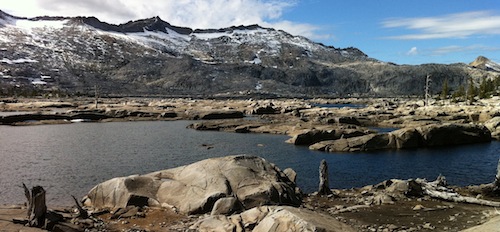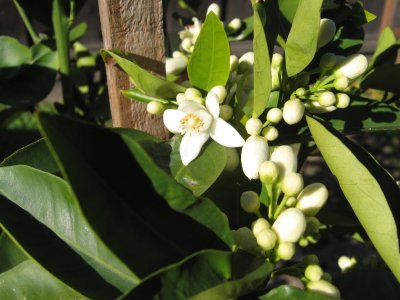In the classic “Ten Essentials” list published in the 1974 edition of Freedom of the Hills, two of the slots are reserved for a map and compass. Modern versions bundle them into a single item under “navigation”, but the two are still considered the fundamental tools of wilderness navigation. In the mountains an altimeter is also suggested. Finally, a GPS device may be suggested as a supplement, often with warnings about the risks of electronics in the backcountry.
For the casual hiker this ordering of advice may cause more problems than it solves. The reality is that as more people discover the outdoors, fewer of them can be expected to attain the same level of skills as those of yesteryear. Being capable with a magnetic compass, a skill once considered fundamental, may soon be considered too much too hope for. We are left with the less-savorable position of dealing with the world as it is, rather than the world as we would like it to be.
Continue reading

